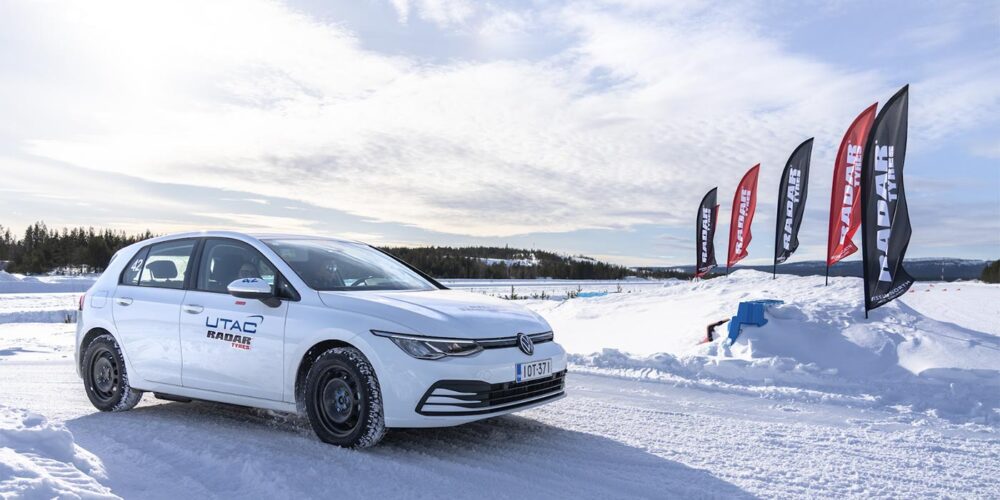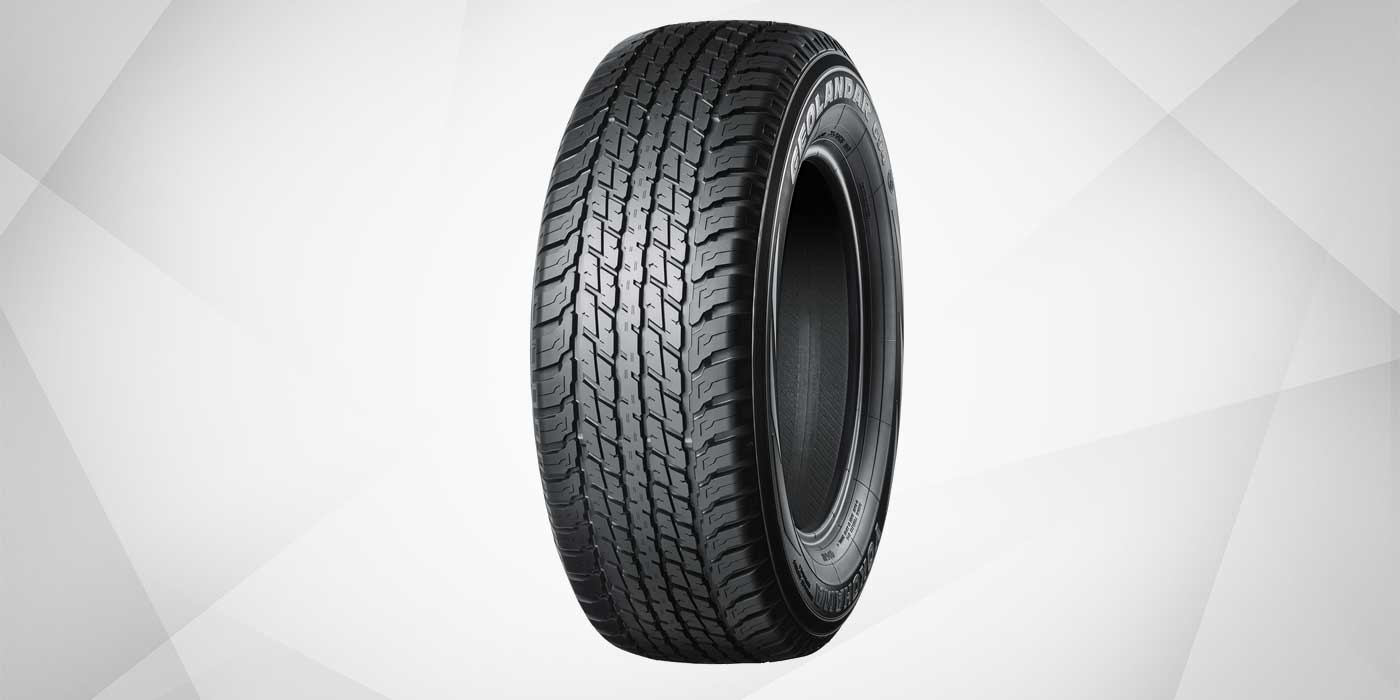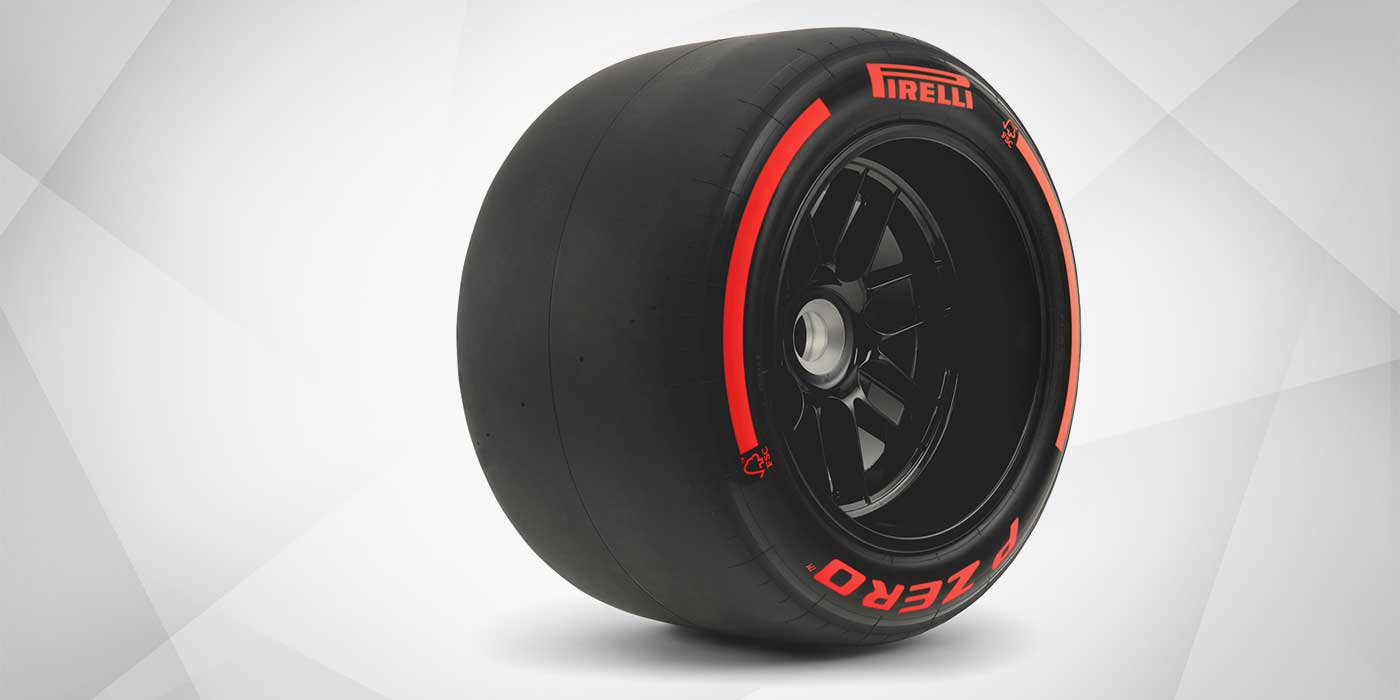Last month, we discussed a number of topics dealing with the installation of aftermarket wheels and non-OE tires. This month, we’ll begin Part 2 – overall width.
You wouldn’t think that the width of a wheel would be a concern, but it can cause problems, as the following cases show. The information here will help save you time and money if the following situations ever happen to you.
On occasion, you may run across a 16- or 17-inch wheel that is 7.5 inches instead of 7 inches wide and drilled 4×100/4×4.5. That extra 0.5-inch may not seem like a lot, but if the offset of the wheel is +45mm up to +48mm, there could be trouble.
This extremely high offset is typical of the 4-cylinder Honda/Acura cars starting in 1999. If you were to order this wheel (17×7.5 inches and +48mm) and try to install it on an older Civic (also has a 4×100 bolt pattern, but needs a +35mm offset), the wheel will most likely hit a suspension component. Essentially, you are trying to put a wheel that is 0.5 inches wider or more than stock on the vehicle, and the added offset tucks another half-inch or so under the car, resulting in the wheel potentially rubbing against something.
Chrysler/Dodge cars like Sebring and Neon that have 5×100 bolt patterns can experience the same problem. This wheel could have a 5×4.5 bolt pattern also and a +48mm offset to fit the V6 Accord/Acura. In this case, the wheel would tend to hit the strut on the Sebring and Neon.
Next on the list is the centerbore. Most wheel bores for passenger cars are drilled either 73mm or 72.62mm in diameter. There are others, as well, typically when a wheel is designed for a specific vehicle and the same centerbore size as the OE is used.
A Nightmare Application
Remember the year-long problem I mentioned last month? Here is how a seemingly simple application turned into a nightmare and how we solved it during an on-site training class.
A dealer in a northern state with a good wheel business sold a replica BMW wheel for a mid-1990s BMW 5-series. The OE wheels were fitted with winter tires, and the 18-inch replica wheels were fitted with summer tires. The vehicle just wouldn’t ride well with the summer tires. We knew the problem concerned the aftermarket wheels because the OE rode fine. After a process of elimination, we found our answer.
Remember that I mentioned that some wheel manufacturers make a common wheel to ‘fit’ many applications? From 1989-96, BMW 5-Series specs were 5x120mm bolt pattern, medium offset and 72.56mm hub diameter. From 1997-present, the hub diameter was increased to 74.1mm. To accommodate both hub diameters, the wheel was bored out to fit the larger diameter hub just like an OE wheel.
But to fit the older model, a centric ring was supplied. A centric ring is typically used to help center a lug-centric wheel onto a vehicle to make it hub centric. In the BMW case, the centric ring could be a maximum of (74.1-72.56)/2 = 0.75mm thickness. This is about the thickness of an aluminum soda can, and unfortunately, it had about the same amount of rigidity.
The wheel was placed on the hub and secured using the proper lug bolts, but the centric ring was too thin to center the wheel. The one missing step in the installation process was to rotate the wheel while gradually tightening the lugs in a star pattern – by hand, not with an impact gun! Without rotating the wheel, it was being secured slightly off center and causing a horrible vibration. Keep this in mind; it applies to several other vehicles, as well.
Cap and Valve Issues
If you just dry fit the wheel before mounting the tires, you’d better pay attention to this. Some wheels are actually designed in a way that will not allow the center caps to fit. In particular, I’ve run across some styles of wheels where the designer specified a snap-in center cap through the centerbore of the wheel, as opposed to a screw-on or bolt-on cap, which doesn’t interfere with the centerbore.
This is especially critical when you are fitting a Nissan/Infiniti car. These vehicles have an unusually tall hub and grease cap. The grease cap protrudes into the centerbore of the wheel, and if the cap has teeth that are supposed to pop into the same area, guess what? There isn’t room for the teeth on the cap to fit because the grease cap is too close. I have also seen situations in which the grease cap interfered with a pop-in cap that used an O-ring to secure it flush with the face of the wheel.
In 1999, Mitsubishi introduced the Montero Sport. This SUV arrived with a hub diameter so wide that almost every wheel with a push-thru cap from behind wouldn’t clear it. This eliminated a range of wheels that would have fit the Sport model, because the 6×5.5 bolt pattern and medium offset were otherwise plentiful. You have to install wheels with a large centerbore and a cap that secures from the front to fit these vehicles.
The last one to mention is the Chevy Colorado/GMC Canyon/Hummer H3 platform. These trucks use the common 6×5.5 bolt pattern and medium offset, but they have a wide hub diameter, like a Toyota or Nissan 4×4. Make sure that your staff doesn’t order a 6×5.5 bolt circle wheel designated as ‘HC’ (hub centric) or with any other footnote indicating a hub-centric GM truck fitment. These specific wheels will only work on the 1/2-ton truck platform and will not fit the above-mentioned trucks.
Valve stem clearance never used to be an issue. Then, the automakers started building trucks and SUVs with high offsets. In the flurry to adapt to these new specs, some wheel companies drilled a valve hole toward the center for aesthetics. The problem is, by putting a 413 or 418 valve into these wheels, the brake caliper was in a direct line with the valve, causing it to break off as soon as the vehicle moved.
Imagine finally finishing an installation and then having to cut all four valve stems off. You’d have to break everything down and search for short metal valves or a pack of hidden valves.
Obstructions and Obstacles
Thanks to NHTSA, we are faced with TPMS. I’m only going to say that if you only look for one valve sticking out to determine if the vehicle has a sensor, think again. In an effort to accommodate valve sensors, some aftermarket wheel manufactures are drilling a secondary valve hole to accept many of the TPMS valve sensors. This means that you have to place the TPMS in one hole and a regular valve in the other. I know that Panther Custom Wheels has started this, so others may follow.
The drop center of the wheel can be a problem if it is located toward the rear of the wheel. This is known as a reversed drop center, and it tends to limit the clearance for brake calipers. In fact, this was a huge problem in 2002 when Dodge Ram 1500 trucks came with 17-inch OE wheels. The aftermarket pumped out a ton of 17-inch wheels with a reversed drop center that wouldn’t clear the beefed-up brake calipers. A standard drop center or a larger diameter wheel had to be used.
The last issue I want to address is obstructions on the vehicle hub. One of the most overlooked items are the Tinnerman clips that come on most every vehicle. These clips were used to keep the brake rotor/drum in place as the vehicle went down the assembly line. OE wheels are designed with a relief to allow for this, but aftermarket wheels typically are not.
If you don’t remove these clips, the vehicle can shake profusely due to the wheel being cocked slightly sideways. Also, the lugs can back off due to false torque or the wheel can develop a stress fracture from the bolt hole to the centerbore.
This is just a sample of the type of information you can receive from detailed and performance-focused training sessions. We’ve said it time and time again: If you’re going to offer performance products, you need good training.













